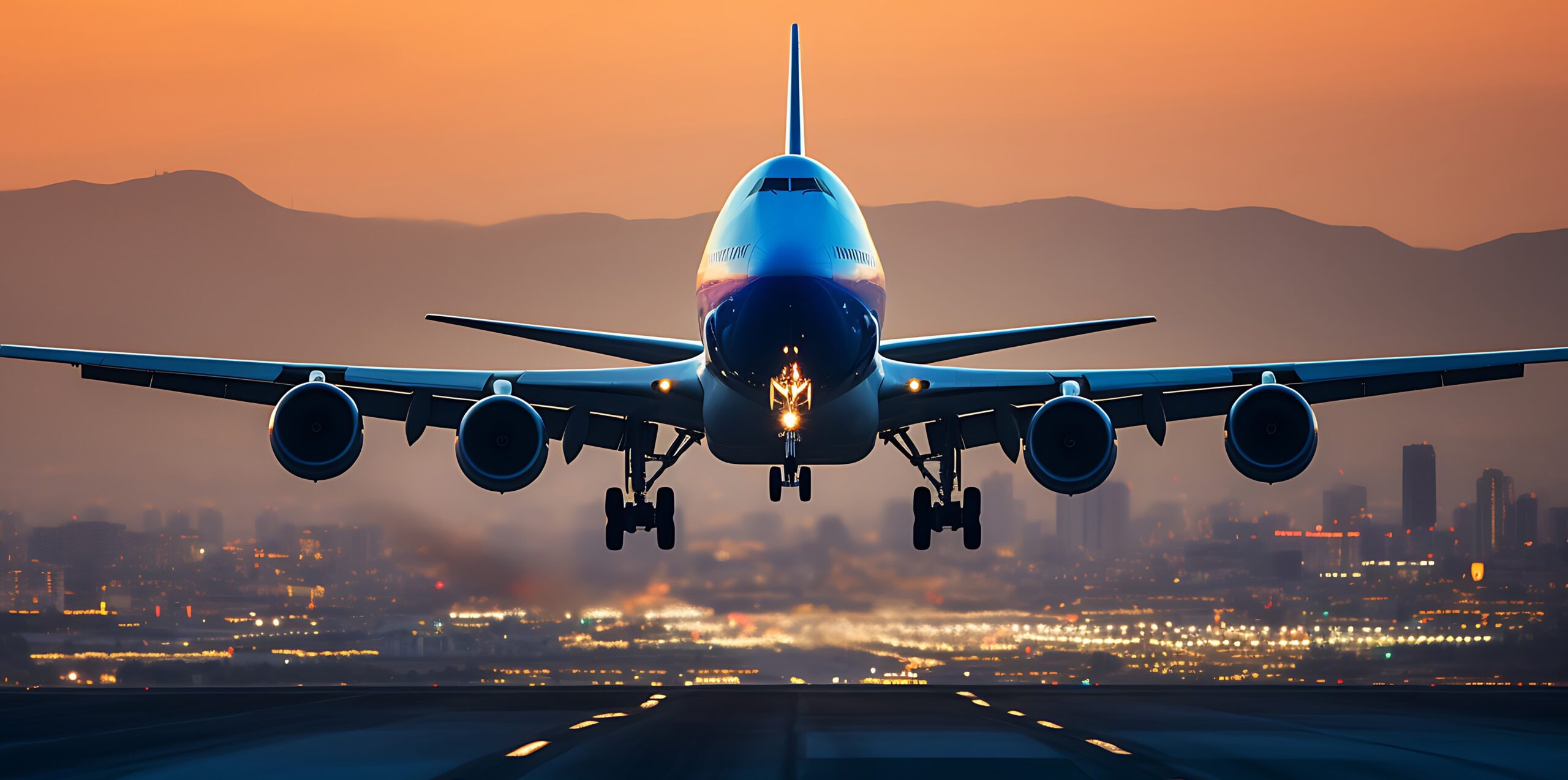The recent crash involving an Air India Express flight has left families devastated and communities grieving. While details continue to emerge, we know that 241 people were killed onboard, and more than a dozen on the ground were killed or injured. For the victims and their loved ones, the tragedy has not only brought emotional pain and shock, but also difficult questions: How did this happen? Who is responsible? What legal rights do families have?
At Kherkher Garcia, we are deeply saddened by this tragic event. Our team of aviation injury attorneys is here to provide guidance to families who have lost loved ones or suffered injuries in aviation accidents – whether on domestic or international flights. Below, we provide information about aviation accidents, the legal complexities of pursuing justice, and what steps families can take to protect their rights.
What we Know about the Air India 171 Crash
On June 12, 2025, Air India Flight AI 171 – a Boeing 787 Dreamliner – crashed just seconds after takeoff from Ahmedabad, India, en route to London Gatwick. The aircraft lost thrust from both engines less than a minute into the flight and crashed into a medical college hostel in the Meghani Nagar area, killing 241 of the 242 people onboard and 19 individuals on the ground. The sole survivor was a British passenger seated near the front of the plane.
Preliminary investigations revealed that the aircraft’s engine fuel control switches were mysteriously moved from “RUN” to “CUTOFF”, effectively cutting power to both engines. Voice recordings captured one pilot asking, “Why did you cut off?” to which the other replied, “I did not do so.” The reason behind this catastrophic engine failure remains under investigation by India’s Aircraft Accident Investigation Bureau (AAIB), with assistance from U.S. and U.K. authorities.
This incident marks the first fatal crash involving a Boeing 787 Dreamliner, raising urgent questions about aircraft safety systems, crew training, and mechanical redundancy. Air India and its parent company Tata Sons have pledged financial compensation, and aviation regulators have launched fleet-wide inspections.
For families who lost loved ones in this tragedy, the road to justice will be long and complex. Cross-border liability, airline negligence, manufacturer responsibility, and international aviation law will all play a role in determining compensation. Legal representation is essential in navigating these issues – particularly when dealing with multinational corporations and government agencies.
Understanding Aviation Accidents
Aviation accidents, although rare compared to other types of transportation incidents, tend to result in catastrophic injuries and fatalities. When they do occur, the outcomes are often devastating, and the legal ramifications can be complicated due to the involvement of multiple jurisdictions, international laws, and various parties.
Aviation accidents may involve:
- Commercial passenger flights
- Cargo planes
- Charter flights
- Private aircraft
- Helicopters
In the case of the recent Air India Express crash, the aircraft was a commercial passenger flight returning from the Middle East. As with many international flights, liability and legal jurisdiction may be influenced by international aviation treaties and the laws of multiple countries.
Common Causes of Aviation Accidents
Aviation accidents can occur due to a wide range of factors. Investigators typically consider the following possibilities:
Pilot Error
Pilots undergo rigorous training, but mistakes—particularly during takeoff or landing—remain a leading cause of accidents. Misjudged landing speeds, miscommunication, or improper responses to emergencies can lead to tragedy.
Mechanical Failure
Aircraft are complex machines. A failure in any system – hydraulic, electrical, engine, or landing gear – can cause a crash. If faulty parts or negligent maintenance are involved, liability may rest with the manufacturer or maintenance company.
Weather Conditions
Poor visibility, strong winds, or wet runways can complicate landings and takeoffs. While pilots are trained to handle such conditions, not all hazards are avoidable, and the decision to proceed with a flight may come under scrutiny.
Air Traffic Control Negligence
Errors by air traffic controllers can result in mid-air collisions, runway incursions, or miscommunication during landing sequences.
Runway or Airport Infrastructure Issues
Defective runway conditions, poor lighting, or inadequate emergency response at an airport can increase the severity of an incident or contribute directly to an accident.
Determining the root cause of a crash often takes months of investigation involving aviation experts, engineers, government agencies, and legal professionals.
Injuries and Fatalities in Aviation Crashes
Unlike car accidents or minor collisions, aviation accidents often result in severe trauma due to the high-impact nature of crashes. Victims may suffer:
- Traumatic brain injuries
- Spinal cord injuries and paralysis
- Severe burns and disfigurement
- Broken bones and crush injuries
- Psychological trauma (PTSD, depression)
In tragic cases where lives are lost, surviving family members may face unimaginable grief as well as unexpected financial and emotional burdens.
Wrongful Death in Aviation Accidents
If a loved one was killed in a plane crash, surviving family members may have the right to pursue a wrongful death claim. Wrongful death claims hold negligent parties accountable and provide compensation for:
- Funeral and burial expenses
- Loss of financial support
- Loss of companionship and guidance
- Emotional pain and suffering
- Medical expenses incurred before death
Wrongful death claims can be brought against one or more responsible parties, including:
- The airline
- Aircraft manufacturers
- Maintenance contractors
- Airport authorities
- Air traffic controllers
- Government agencies (in some cases)
Determining Liability: Who Can Be Held Accountable?
Liability in an aviation accident can be complex due to the number of parties involved. In many cases, more than one party may be partially responsible. Examples include:
- Airlines, for failure to train pilots properly or making unsafe operational decisions.
- Aircraft or parts manufacturers, if defective components contributed to the crash.
- Maintenance providers, for inadequate inspection or repair.
- Airport authorities, if conditions on the runway or at the facility contributed to the crash.
- Government agencies, in rare cases involving regulatory failures or air traffic control negligence.
Legal Challenges After International Aviation Accidents
When a crash involves an international flight, legal claims are often governed by the Montreal Convention – an international treaty that outlines the rights of passengers and their families. Under the convention, airlines are strictly liable for proven damages up to a certain threshold (currently around $170,000 USD), and may be held responsible for greater amounts if negligence can be shown.
However, determining jurisdiction – where a lawsuit can be filed – may depend on:
- The location of the accident
- The airline’s home country
- The passenger’s country of residence
- The destination and origin of the flight
These jurisdictional issues can delay claims and add significant complexity. An experienced aviation attorney is essential for navigating these issues and pursuing maximum compensation.
How an Aviation Accident Attorney Can Help
Families affected by aviation accidents deserve answers and justice. At Kherkher Garcia, we work closely with aviation experts, engineers, and forensic investigators to determine exactly what went wrong and who is responsible. Our team handles:
- Independent investigations separate from the airline or government agencies
- Filing wrongful death or personal injury claims
- Handling complex jurisdictional issues for international crashes
- Negotiating settlements or pursuing litigation
- Advocating for full compensation for economic and non-economic losses
Aviation litigation often requires extensive resources and legal knowledge. Our firm is committed to helping victims and families take on powerful airlines and manufacturers, no matter where the accident occurred.
What to Do If You Lost a Loved One in a Plane Crash
If your family has been affected by the Air India Express crash or a similar aviation disaster, you may feel overwhelmed – but you are not alone. Here are a few important steps to consider:
- Preserve all evidence – Save flight confirmations, communications with the airline, and personal effects of the victim.
- Seek support – Grief counseling and victim support organizations can help you cope with the emotional aftermath.
- Consult an experienced attorney – Aviation accidents are legally complex. The sooner you speak with an attorney, the sooner you can begin to understand your rights and legal options.
Contact Kherkher Garcia for a Free Consultation
Aviation accidents are rare but devastating. If you lost a loved one in the recent Air India Express crash or another aircraft accident, you may be entitled to compensation. The legal team at Kherkher Garcia is here to fight for justice on your behalf.
We offer compassionate, experienced legal representation for victims and their families nationwide. Let us help you understand your legal rights and pursue accountability from those responsible. Contact us today for a free consultation. You don’t have to face this alone.
Get started by calling us at 713-333-1030, or by submitting our online contact form.
Image by Freepik


